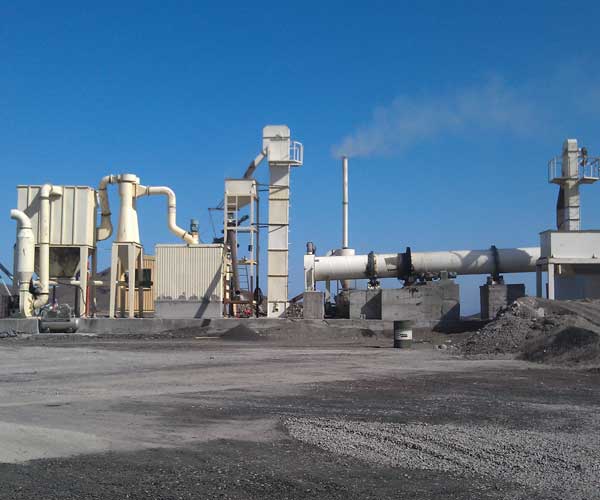
Mining coal involves extracting the resource from the ground using a variety of methods. The most common method is surface mining, which involves removing the top layer of soil and rock to access the coal seams beneath. This is typically done using large earth-moving equipment like draglines, shovels, and trucks.
24 Online Service
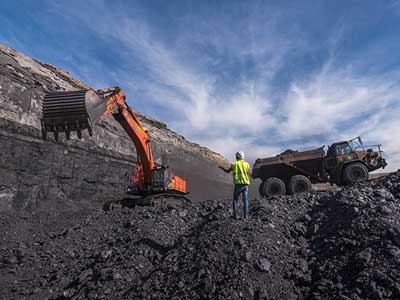
In some cases, underground mining may be necessary to extract coal. This involves tunneling into the earth to access the coal seams. Underground mining is generally more dangerous and expensive than surface mining, and it requires specialized equipment and techniques.
Once the coal has been extracted, it must be processed to prepare it for use. The processing of coal can vary depending on its intended use. In general, however, the process involves several key steps.
First, the coal is cleaned to remove impurities. This can include rocks, dirt, and other materials that may be present in the coal seam. Cleaning can be done using a variety of methods, including washing, gravity separation, and magnetic separation.
After cleaning, the coal is typically crushed and screened to sort it by size. This makes it easier to transport and use in various applications. Depending on the intended use, the coal may also be treated with chemicals to improve its burning properties.
Finally, the coal is transported to its final destination. This may involve loading it onto trains, trucks, or ships for transport to power plants or other facilities.
Coal grinding is the process of breaking down coal into fine particles to facilitate combustion or gasification. It is a crucial step in the production of electricity from coal, as it prepares the fuel for combustion in boilers or gasifiers. Coal grinding is a complex process that involves several stages, including crushing, grinding, and classifying the coal particles according to their size and density.
The primary objective of coal grinding is to reduce the size of coal particles to increase their surface area, which improves the efficiency of combustion or gasification. Coal is a highly heterogeneous substance, and its particles vary in size, shape, and composition. The grinding process helps to break down the coal into smaller particles, which makes it easier to handle, transport, and burn.
The coal grinding process typically starts with crushing the coal into small pieces using a crusher or a hammer mill. The crushed coal is then fed into a grinding mill, where it is pulverized to a fine powder. The grinding process can be conducted in either a dry or wet environment, depending on the coal properties and the desired particle size distribution.
Dry coal grinding is typically used for coals with low moisture content and high hardness. In this process, the coal is fed into a mill that is heated by hot air or gas. The coal is then pulverized by the grinding media, which are typically steel balls or ceramic beads. The pulverized coal is then separated from the grinding media and transported to the combustion or gasification system.
Wet coal grinding is typically used for coals with high moisture content and low hardness. In this process, the coal is first crushed and then mixed with water to form a slurry. The slurry is then fed into a grinding mill, where the coal particles are pulverized by the grinding media. The slurry is then separated from the grinding media and transported to the combustion or gasification system.
Coal grinding can also involve classifying the coal particles according to their size and density. This is typically done using a mechanical classifier or a cyclone separator. The classifier separates the coal particles into different size fractions, which are then sent to separate combustion or gasification systems. This allows for more efficient use of the coal and reduces the emissions from the combustion or gasification process.
There are several challenges associated with coal grinding, including wear and tear on the grinding equipment, high energy consumption, and the generation of coal dust. Coal dust is a major safety hazard in coal grinding and can cause explosions or fires if not properly controlled. To mitigate these risks, coal grinding systems typically include dust collectors and other safety measures to ensure that the coal dust is contained and removed from the system.
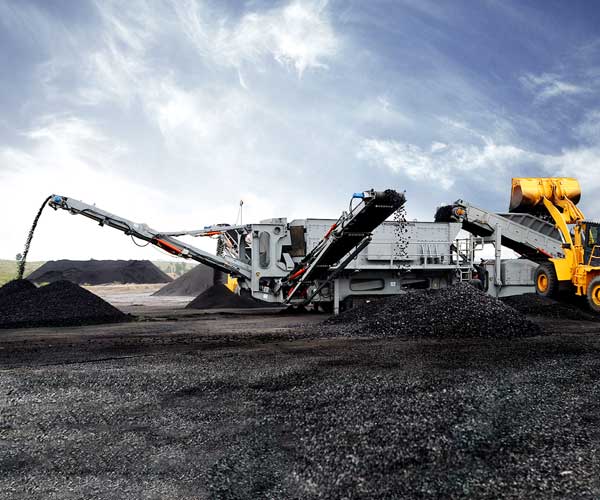
Crushing is a fundamental process in many industries, such as mining, construction, and recycling. The process of crushing involves reducing the size of large materials into smaller particles, which can then be used for various purposes. The process of crushing can be accomplished through various methods, including compression, impact, and attrition.
Compression crushing involves applying a force to the material from two opposing surfaces. This method of crushing is commonly used in mining and quarrying operations to break down large rocks into smaller pieces. In this process, the material is placed between two plates or jaws, which are then closed to exert pressure on the material. As the plates move closer together, the material is crushed into smaller particles.
One common type of compression crushing equipment is the jaw crusher. The jaw crusher consists of a fixed jaw and a movable jaw that move back and forth to apply pressure on the material. The movable jaw exerts force on the material, crushing it against the fixed jaw.
Impact crushing involves striking the material with a high-speed rotating rotor. This method of crushing is commonly used in the recycling and construction industries to break down materials such as concrete and asphalt. In this process, the material is fed into a chamber where it is struck by the rotating rotor. The force of the impact crushes the material into smaller pieces.
One common type of impact crusher is the horizontal shaft impactor (HSI). The HSI crusher consists of a rotor that revolves at high speed, striking the material with a hammer-like blow. The material is then propelled by the rotor and impacted against the stationary anvils or curtains, which help to break it down further.
Attrition crushing involves the use of pressure and abrasion to break down the material. This method of crushing is commonly used in the chemical and pharmaceutical industries to grind materials into smaller particles. In this process, the material is fed into a grinding chamber where it is subjected to pressure and abrasion. The material is ground down by the pressure and rubbing action, resulting in smaller particles.
One common type of attrition crusher is the cage mill. The cage mill consists of a series of cages or bars that rotate at high speed, crushing the material between them. The material is then forced through the cage bars, resulting in smaller particles.
Crushing is a complex process that requires careful consideration of several factors, including the type of material being crushed, the size and shape of the material, the desired size of the final product, and the equipment being used. Properly selecting and operating the crushing equipment is critical to achieving the desired results.
In addition to the type of equipment and the crushing method used, the feed material and operating parameters also play a significant role in the crushing process. The size and shape of the feed material can affect the crushing efficiency and the final product size. Operating parameters such as the speed of the rotor, the gap between the plates or jaws, and the feed rate can also affect the crushing performance.
Proper maintenance of the crushing equipment is also essential to ensure optimal performance and prevent downtime. Regular inspections and maintenance of the equipment can help identify potential problems before they become major issues.
Coal grinding mills are essential machinery in many industries that rely on coal as a fuel source. The grinding of coal is a critical process that determines the efficiency of these industrial processes. There are different types of coal grinding mills, and each type has its own unique features, advantages, and disadvantages.
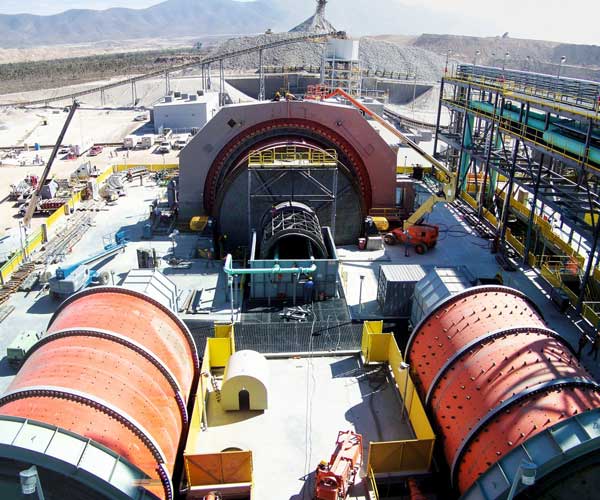
Ball mills are the most common type of coal grinding mill used in thermal power plants. They are characterized by their cylindrical shape and the use of steel balls as grinding media. The coal is crushed and ground in the mill using the ball charge. The grinding process is controlled by the speed of the rotating cylinder, the size of the balls, and the amount of coal fed into the mill. Ball mills are efficient at grinding coal with high moisture content, and they are relatively inexpensive to operate.
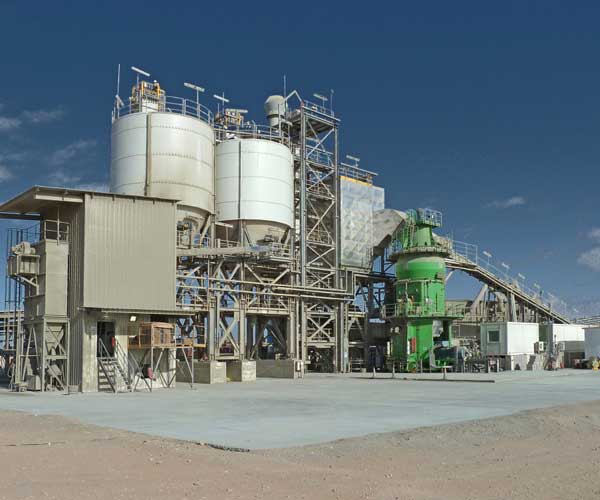
Vertical roller mills (VRMs) are becoming more popular in coal grinding applications. They consist of a rotating table and grinding rollers, which are pressed against the table. The coal is fed into the mill through a central inlet pipe and falls onto the grinding table. As the table rotates, the coal is ground between the rollers and the table. VRMs have a high grinding efficiency and can grind coal with high moisture content. They also have a low noise level and are more environmentally friendly than ball mills.
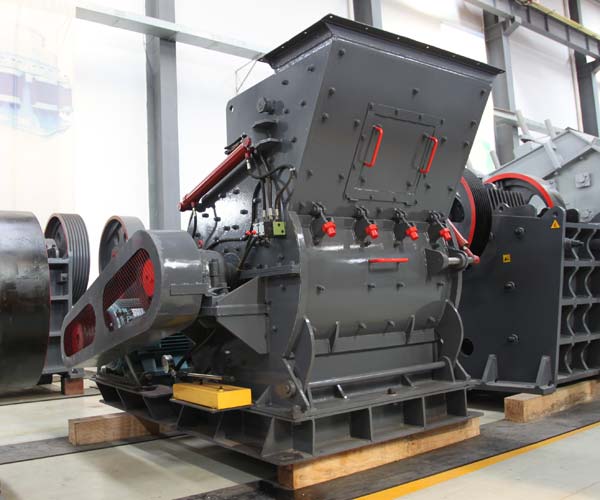
Hammer mills are used for grinding coal, biomass, and other materials in the mining and cement industries. They consist of a series of rotating hammers that impact the material to be ground. The coal is fed into the mill through a feed chute and falls onto the hammers. The hammers then crush the coal against a grate, which allows the smaller particles to pass through while the larger particles are returned to the grinding chamber for further processing. Hammer mills are relatively inexpensive to operate and are effective at grinding coal with low moisture content.
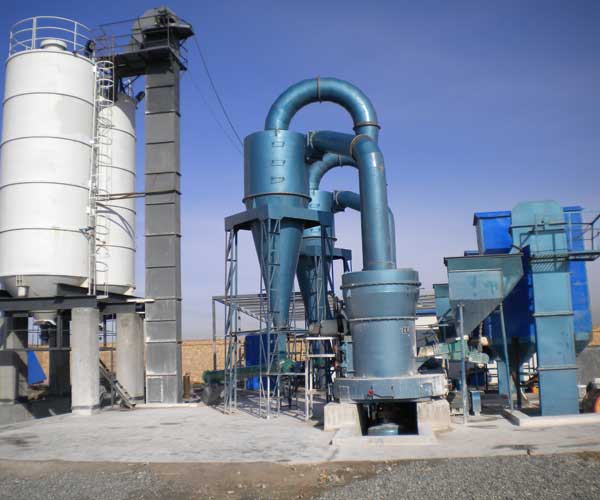
Roll mills are a type of coal grinding mill used in thermal power plants. They are characterized by their deep bowl design and the use of grinding rollers. The coal is fed into the mill through a central inlet pipe and falls onto the grinding table. The grinding rollers then crush the coal against the grinding ring. Bowl mills have a high grinding efficiency and can grind coal with high moisture content. They are also relatively easy to operate and maintain.
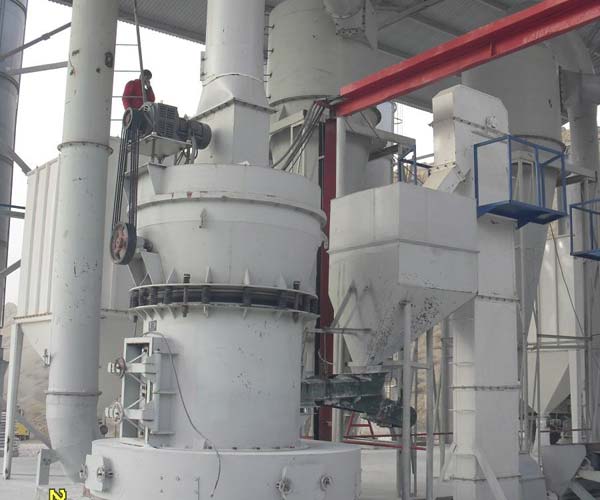
The Raymond mill is another popular coal grinding mill machine that uses rollers to grind coal between them. The rollers rotate around a central axis, and the coal is crushed between them as they move. The pulverized coal is then collected in a hopper and used to feed the furnace.
However, the efficiency of coal-fired power plants has been a major concern due to the emission of harmful gases and particulate matter, leading to environmental degradation and health hazards. The combustion of coal produces significant amounts of ash, which is a major challenge for coal-fired power plants. Ash is a byproduct of coal combustion that remains after the coal is burned. It can cause operational problems in the boiler and is a major source of air pollution. One way to increase the efficiency of coal-fired power plants is by using advanced coal grinding machines.
Advanced coal grinding machines are designed to increase the efficiency of coal-fired power plants by reducing the amount of ash produced during combustion. These machines use high-pressure grinding rollers (HPGRs) to crush the coal into a fine powder. The HPGRs exert a high pressure of up to 5 MPa on the coal particles, causing them to break down into smaller sizes. This process not only reduces the amount of ash produced but also increases the energy efficiency of the coal-fired power plant.
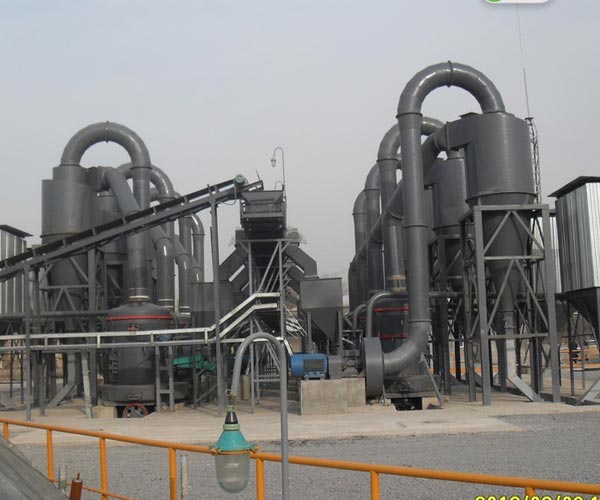
Power plants are the backbone of modern society, providing us with the energy necessary for our daily lives. One of the main sources of energy used by power plants is coal, which is a reliable and abundant fuel source. However, before coal can be used to generate electricity, it must be ground into fine particles to improve its combustion efficiency. This is where the coal grinding mill machine comes into play as an essential tool for power plants.
A coal grinding mill machine is a piece of equipment that is used to crush coal into fine particles. These particles are then used as fuel for power plants or other industrial applications. Coal grinding mill machines come in various configurations and designs, but their primary function is to crush coal into smaller pieces and then grind it into a fine powder.
Coal grinding mill machines are an essential tool for power plants because they improve the combustion efficiency of coal. When coal is ground into fine particles, it burns more efficiently, which reduces the amount of coal needed to generate electricity. This not only saves money but also reduces greenhouse gas emissions.
In addition to improving combustion efficiency, coal grinding mill machines also reduce the amount of waste produced by power plants. When coal is ground into fine particles, it produces less ash and other waste products, which reduces the amount of waste that needs to be disposed of.
Choosing the right coal grinding mill machine for a power plant depends on several factors, including the size of the plant, the type of coal being used, and the desired output. It is important to work with a qualified engineer or supplier to determine which type of coal grinding mill machine is best suited for a particular application.
Like all machinery, coal grinding mill machines require regular maintenance to ensure they operate efficiently and reliably. This includes regular inspections, lubrication, and replacement of worn parts. Proper maintenance can extend the life of a coal grinding mill machine and reduce the risk of downtime.
Our Projects
Copyright © ZENITH, All Right Reserved.
